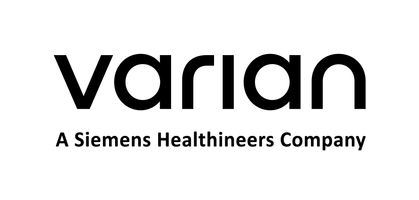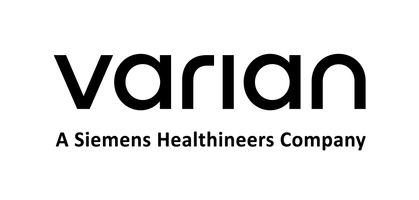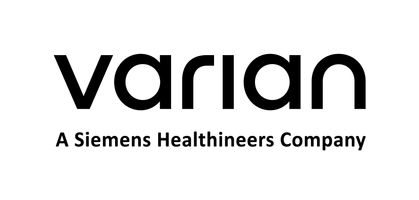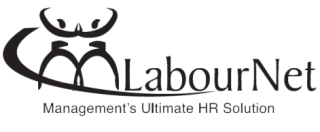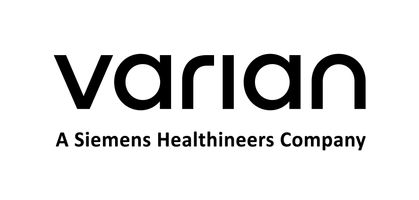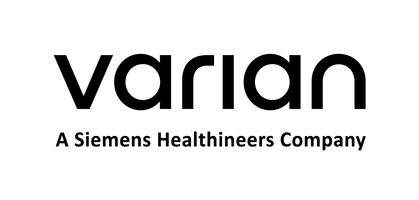Title Page
-
Site conducted
-
Conducted on
-
Prepared by
Inspection Checklist
-
Date of Inspection:
-
Management Representative:
-
HSC Representative:
Slip, Trip, Fall Prevention
-
Are all floors, passageways and entrance points in an appropriate condition and free of trip or slip hazards?
-
Have pit areas been provided with fall protection?
-
Fluid spills cleaned up immediately?
-
Spill-containment equipment available?(spill trays, bunding provided and used)
-
Air lines, hoses, and tools clear of floor surfaces. – when not in use
-
Are handrails installed to minimise slips, trips or falls?
-
Is the tread on stairs adequate to minimise slipping?
-
Is the floor covering appropriate for the type of work carried out?
-
Are there confined spaces on site i.e. storm water drains and are they signposted?
Electricity
-
Electrical sockets and switches in good condition, no damage and working correctly?
-
Is appropriate electrical equipment used adaptors, protected conductors?
-
Is electrical equipment used and stored away from other hazards. i.e. heat, liquids or mechanical damage?
-
Are there emergency stop buttons present and are they lock and reset type?
-
Is electrical equipment maintained on a regular basis? (Read the tag on electrical leads and record date last tested and date for next test and record).
-
Date last tested:
-
Date for next test:
Plant & Electrical Switch / Panel Rooms
-
Are Plant and Electrical Switch / Panel Rooms secured to prevent access by employees?
Lighting
-
Is lighting appropriate for the work being undertaken?
-
Does the lighting allow safe access to and egress from the place of work including emergency exits?
-
Are light switches easily locatable?
Noise
-
Are noise levels appropriate for work being undertaken in the area?
-
If noise has been identified as a hazard, are workers wearing the appropriate PPE?
-
Is there signage to wear PPE?
Heat and Cold
-
Is there adequate ventilation, air area?
Fire and emergency
-
Are fire risks such as combustible materials and flammable substances stored appropriately?
-
Is the fire equipment (hose reels, fire extinguishers, fire blankets, hydrants) checked and easy to access? (At least 1 meter clearance around fire fighting equipment)
-
Are evacuation maps prominently displayed, understood and up to date? (5 years)
-
Is appropriate fire equipment (hose reels, fire extinguishers) signposted?
-
Are emergency exit lights illuminated and emergency evacuation areas well signposted?
-
Are stairways and passageways serving as the building's fire exit and the path of travel leading to a building's fire exit free from obstructions?
-
Are fire doors unobstructed and unimpeded?
-
Stairway area free from combustible materials?
-
Is flammable materials stored away from building? (pallets, paper, cardboard)
-
Are emergency contact details clearly displayed (incl. emergency contact numbers, fire wardens and first aid officers)?
-
Are fire blankets available in areas such as kitchens?
-
Are emergency alarms checked and tested?
-
Is there a poster with the wardens with contact information?
First Aid
-
Are first aid kits and/or room available and clearly signed?
-
Is first aid stock in kits and the first aid room currently in-date?
-
Is there poster for first aiders with contact information?
-
Is eye wash equipment available?
Chemicals
-
Are chemicals stored in suitable containers and appropriately labelled?
-
Do all chemicals have a current Safety Data Sheet (SDS) available?
-
Are substances appropriately stored?
-
Are all containers free from leaking or corrosion?
-
Appropriate personal protection equipment/training is provided for workers when using dangerous goods/hazardous substances?
-
Are all employees wearing appropriate PPE?
-
Are chemical spill kits available with instructions on how to use them?
-
Are signs clearly displayed?
-
Are appropriate fire extinguishers available?
-
Are Waste oils and other products disposed of appropriately?
-
Are Gas cylinders stored and secured appropriately? (stored in well ventilated area, secured to trolley where present)
Manual Handling
-
Are mechanical aids such as trolleys, hoists used for equipment and materials that aren’t easily lifted or carried available?
-
Are storage shelves organised to minimise bending and stretching?
-
Are toolboxes mobile for easy movement and storage?
-
Is office equipment (incl. chairs, desks computer screens) adjusted in line with basic ergonomic principles to avoid strain?
-
Have manual handling risk assessments been undertaken for all manual handling tasks undertaken in the workplace?
Storage
-
Are items stored in a safe and appropriate manner?
-
Are items secured to pallets to prevent them from falling?
-
Is access to stored items free of obstructions and impediments?
-
Are storage racks in good condition?
-
Do racking and storage shelves have safe work load signage and placarding?
-
Is racking regularly inspected and is there an annual inspection by an acredited service provider?
-
Are heavy items stored at ground level and lighter items stored on the upper levels?
-
Are batteries stored to prevent electrical arcing across the terminals? i.e. do the terminals have covers?
-
Are safety steps or industrial ladders used?
Plant & Equipment
-
Is there a minimum 600mm clearance provided between hoists and other equipment?
-
Are compressors inspected and serviced regularly? (Check tag on equipment or equipment maintenance / service log and record date last serviced and date for next service and record.)
-
Date last serviced:
-
Date for next service:
-
Are oil/water separators serviced to agreed schedule?
-
Are power tools inspected and serviced regularly? (Check tag on equipment or equipment maintenance / service log and record date last serviced and date for next service and record.)
-
Date last serviced:
-
Date for next service:
-
Parts stored in appropriate areas with racking, shelves?
-
Top of internal offices/buildings are free of stored goods unless designed for load bearing purposes?
-
Guards are fitted to equipment where ie bench grinders, compressor pulleys, etc
-
All Asbestos Containing Materials (ACM’s) are handled appropriately as per Asbestos Guidance documents, eg brakes, clutches, gaskets
-
‘Wet areas” are free of electrical equipment?
-
Welding screens are available and used?
-
All lifting equipment is inspected regularly, eg chains, slings. (Check tag on equipment or equipment maintenance / service log and record date last serviced and date for next service and record.)
-
Are forklifts or other material handling equipment checked before use?
-
Are workers trained to operate machinery safely?
-
Have plant risk assessments been undertaken for all plant in the workplace?
Signage
-
Is there appropriate signage in the area including no smoking, no ignition, electrical hazards, flammable substances and restricted access signs?
Office Equipment
-
Are all electrically equipment (printers / photocopiers etc) in good condition and working order?
-
Has all electrical equipment been tested and tagged and within date?
Facilities
-
Are toilets and showers provided and in a clean well maintained condition?
-
Are kitchen / meal room facilities provided and in a clean well maintained condition?
-
Is waste disposed of regularly?
-
Is appropriate personal protective equipment available where required, eg. safety footwear, eyewear, hearing protection?
-
Any additional hazards / safety issues:
Signatures:
-
Inspected by:
-
Operating Unit Manager:
-
Time Finished:
-
Hazards identified in the course of the workplace inspection will be, if it is safe to do so, immediately controlled.
An entry will be made in the Risk Management Register where the residual risk rating (post implementation of the
controls) is 1 – 3 or if it is not safe or reasonably practicable to immediately control the hazards (regardless of the risk
rating). Managers are to enter all hazards identified in this report into Noggin and assign actions to the relevant stakeholders.






